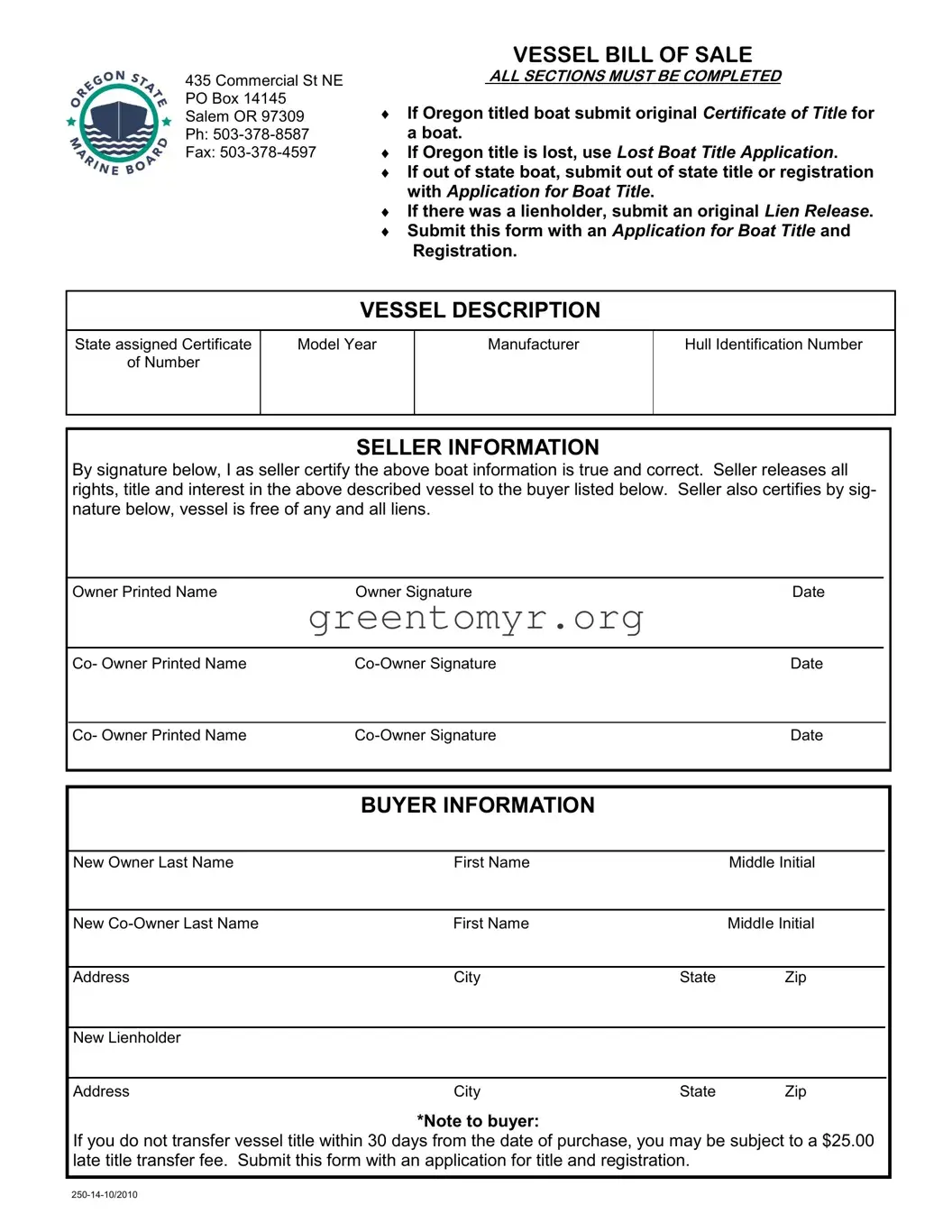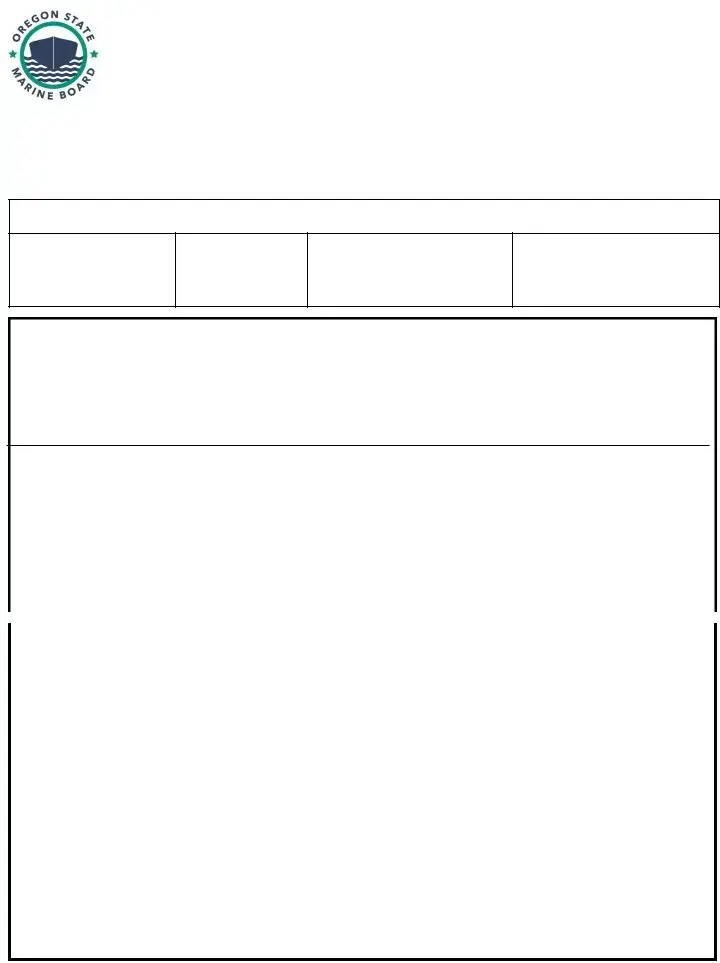The BOS 250-14 form is an important document used for specific transactions and processes within certain organizations or jurisdictions. It may be utilized for a variety of purposes, including financial transactions, administrative procedures, or even compliance with certain regulations. Knowing its purpose is essential for correctly filling it out and ensuring your submission is accepted without issues.
Anyone engaging in transactions or processes that require the use of the BOS 250-14 form must complete it. This could include business owners, individuals, or organizations required to meet specific legal or financial obligations. Make sure to check whether you fall into one of these categories before proceeding.
A copy of the BOS 250-14 form can typically be obtained from official websites related to the issuing agency or organization. You might also contact local offices for assistance. It is important to ensure that you have the most recent version of the form, so double-check the source when you download or print it.
Filling out the BOS 250-14 form usually requires specific information, which may include:
-
Your name and contact details.
-
The name of your business or organization, if applicable.
-
Details specific to the transaction or process related to the form.
-
Signatures or initials where required.
Make sure to read any instructions included with the form, as they will guide you on what is necessary to include.
In some cases, a fee may be required to process the BOS 250-14 form. This will vary depending on the nature of the transaction and the specific organization you are dealing with. It is advisable to check for any applicable fees before submitting the form to avoid delays.
Once you have filled out the BOS 250-14 form, submission methods may vary. You may submit it:
-
Online through an official website, if available.
-
By mail, sending it to the designated office or agency.
-
In person, delivering it directly to the relevant office.
Ensure that you follow the correct process to avoid any complications with your submission.
After submitting the form, the relevant agency will review it to ensure it meets all necessary requirements. Processing times can vary, and you may receive confirmation or additional requests for information. Keeping track of your submission is a good idea, as it will help you stay informed about its status.
If you discover an error after submitting the BOS 250-14 form, contact the issuing agency immediately. They can provide guidance on how to correct the mistake. In some instances, you may need to submit a corrected version of the form, so prompt action is essential.
Yes, assistance is available if you need help completing the BOS 250-14 form. You can reach out to customer service representatives at the relevant agency or consult professionals who specialize in legal or administrative documentation. They can offer advice tailored to your specific needs.

